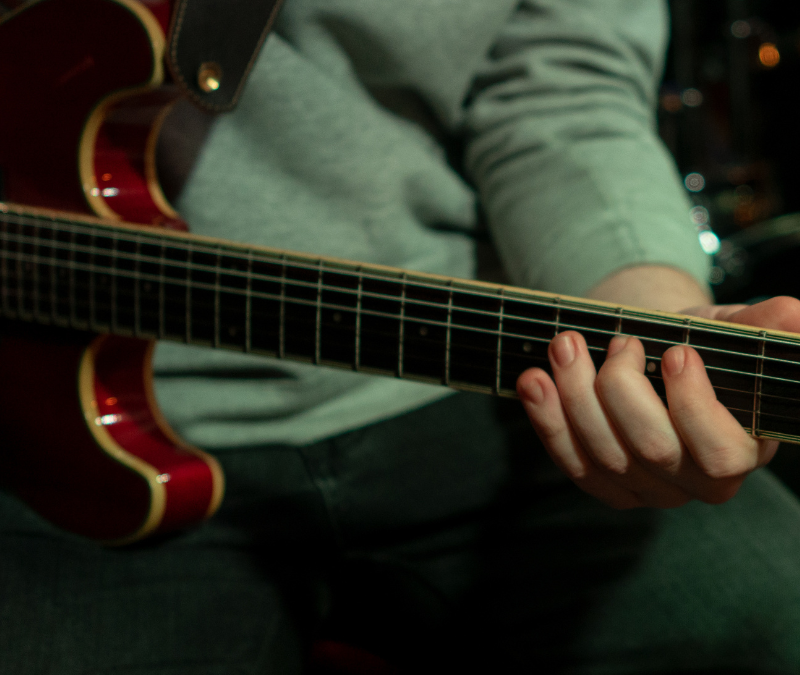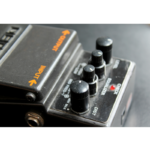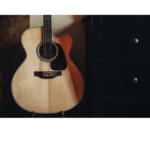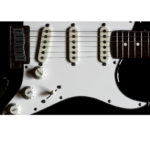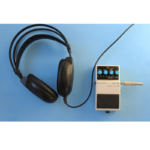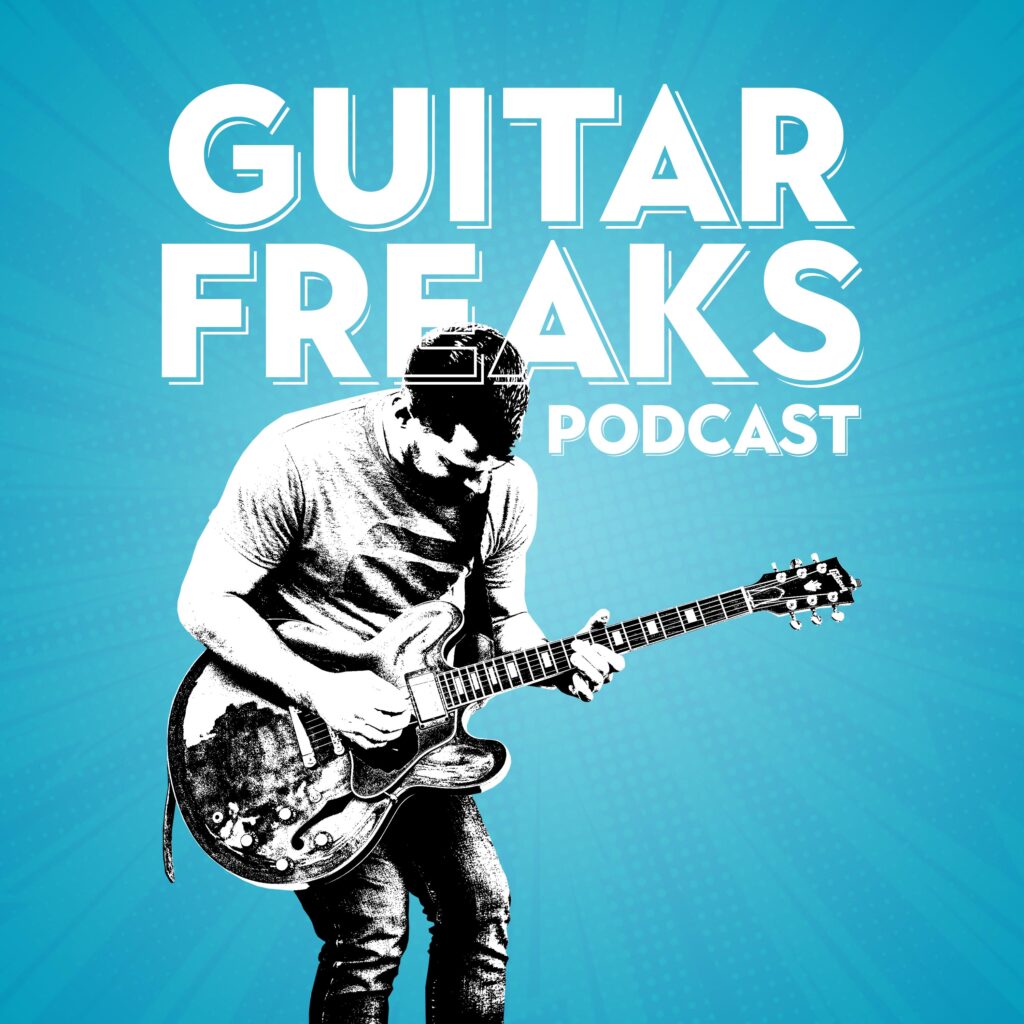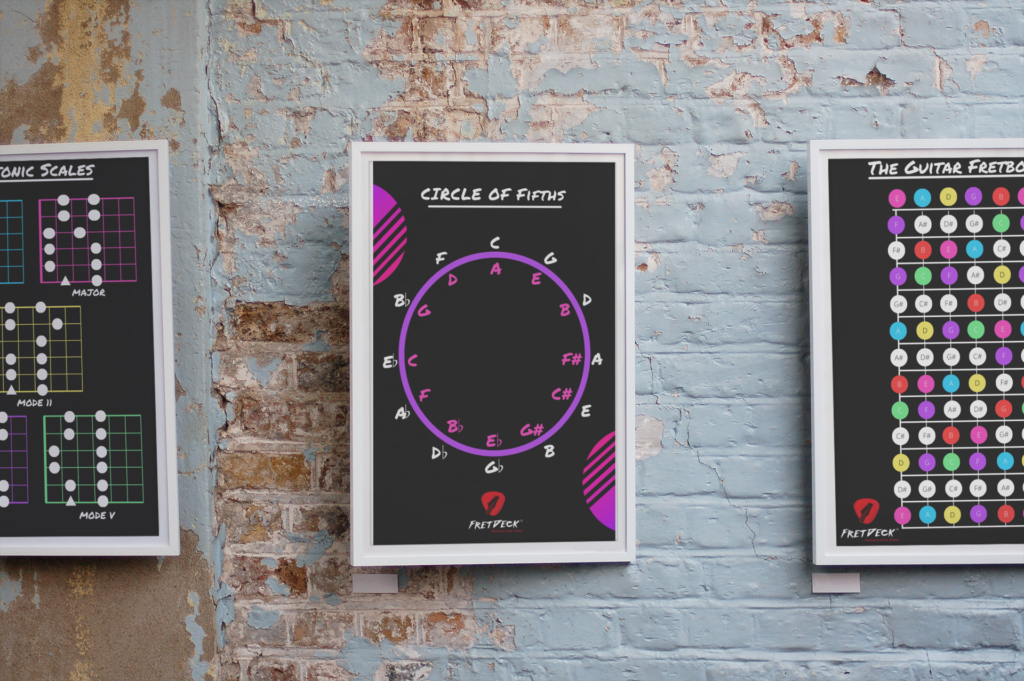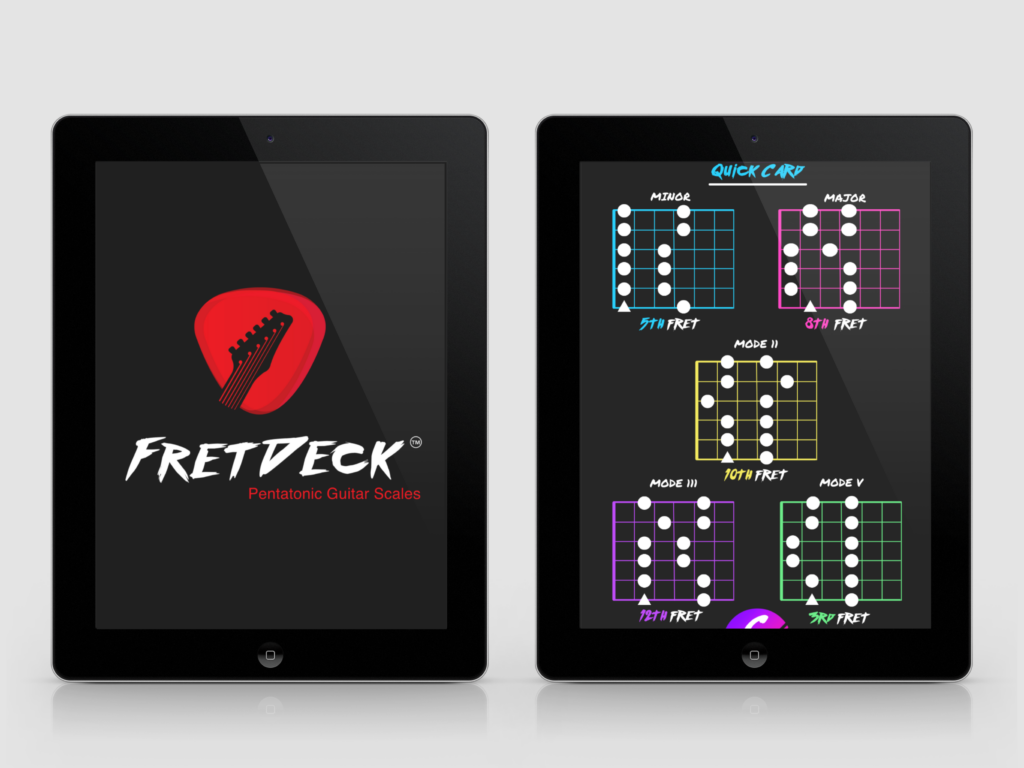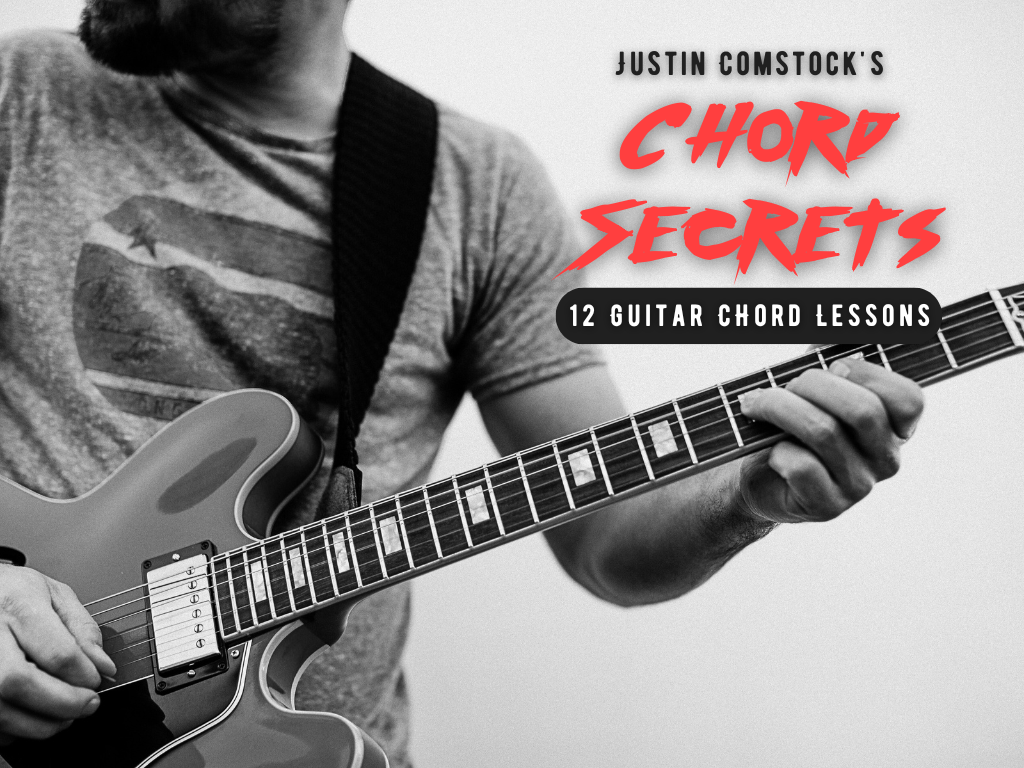Imagine holding the key to unlock your fretboard’s full potential. That key is music theory for guitar—more specifically, the circle of fifths, a tool that connects chords, scales, and keys in a way that every guitarist can understand. If you’ve ever felt stuck or overwhelmed by theory, this guide will show you how the circle of fifths can make it all click.
What Is the Circle of Fifths in Music Theory for Guitar?
At its core, the circle of fifths is a visual representation of how musical keys and their respective chords relate to each other. Think of it as a clock, with C major at 12 o’clock, followed by G major at 1 o’clock, D major at 2 o’clock, and so on. Each step clockwise moves up a perfect fifth, while moving counterclockwise takes you up a perfect fourth.
For guitar players, this circle is a roadmap to better understand key signatures, build chord progressions, and even write songs. Whether you’re exploring new genres or simply trying to improve your improvisation, understanding this piece of music theory for guitar can unlock endless possibilities.
How Guitarists Can Use the Circle of Fifths and Guitar theory fundamentals
1. Memorizing Key Signatures (music theory for guitar)
The circle of fifths helps you instantly recognize the sharps and flats in any key. For example:
- C major: No sharps or flats.
- G major: One sharp (F#).
- D major: Two sharps (F# and C#).
For guitarists, this knowledge translates directly to the fretboard. Once you know the key, you can quickly identify scale patterns and chord shapes that fit perfectly.
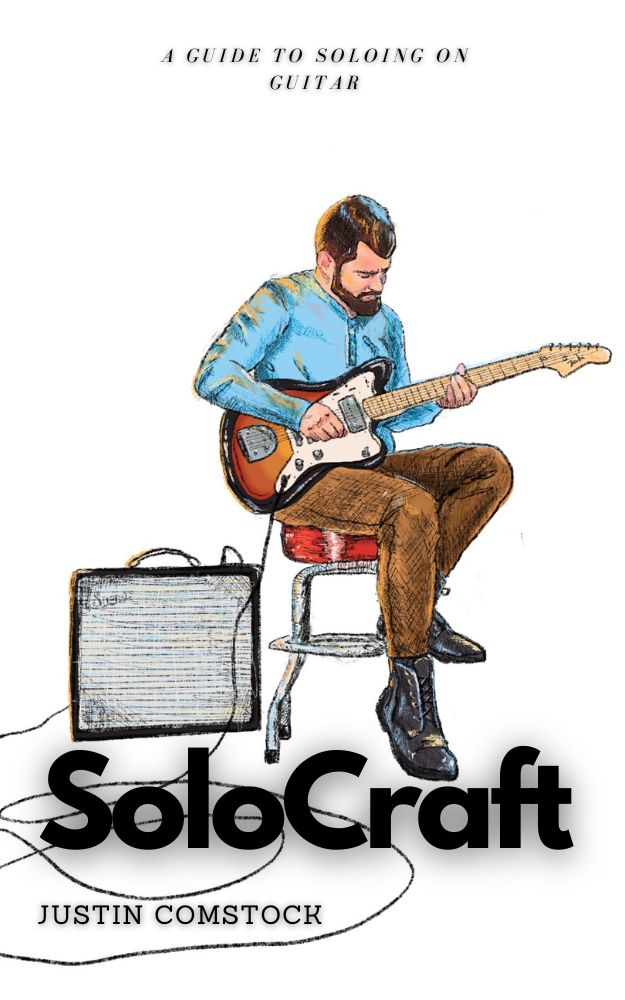
Download the ebook “SoloCraft”!
SoloCraft is the ultimate guide to mastering guitar soloing, designed for players of all levels. Packed with step-by-step lessons, pro-level techniques, and real-world examples, SoloCraft teaches you how to navigate the fretboard, craft expressive solos, and unlock your full potential as a lead guitarist. Whether you’re improvising, building speed, or adding emotion to your playing, SoloCraft gives you the tools to solo like a pro.
Download Now
2. Crafting Chord Progressions–Music principles for guitar
The circle is a guitarist’s best friend when it comes to creating smooth, logical chord progressions. In music theory for guitar, chords within the same slice of the circle (e.g., C, G, and F in C major) tend to sound harmonious. You can use the circle to explore:
- I-IV-V Progressions: Perfect for rock and blues.
- Relative Minors: Pair major chords with their relative minor (e.g., C major and A minor) for more emotional depth.
- Unexpected Modulations: Transition to a new key for dramatic effect, guided by the circle.
3. Writing Songs with Confidence
For songwriters, the circle is an invaluable tool. Whether you’re starting with a riff or a melody, you can use the circle to:
- Choose chords that fit your key.
- Experiment with new keys.
- Add variety by moving between closely related keys (e.g., C major to G major) or taking a bold leap (e.g., C major to A♭ major).
When you understand the relationships shown by the circle, songwriting becomes less about trial and error and more about creative intention.
Applying Scales and Fretboard Theory Using the Circle of Fifths
Major Scales
Music theory for guitar often begins with the major scale. The circle of fifths lays out each key’s major scale step by step. For example:
- C major scale: C, D, E, F, G, A, B.
- G major scale: G, A, B, C, D, E, F#.
By moving around the circle, you can explore the scales for every key and see how they overlap on the fretboard.
Pentatonic Scales and the Relative Minor
The circle of fifths also highlights the relationship between major keys and their relative minor counterparts (e.g., C major and A minor). Guitarists can use this to shift between major and minor pentatonic scales, adding variety to their solos.
Practice Tips for Using the Circle of Fifths
Here are a few practical exercises to incorporate music theory for guitar into your routine:
- Play Through All Keys
Starting with C major, play the major scale across the fretboard. Move clockwise to G, then D, and so on. - Write a Four-Chord Progression
Use the circle to choose four chords in one key. Then modulate to a neighboring key for variety. - Transpose Songs
Take a simple song and use the circle to play it in multiple keys. This sharpens your understanding of key signatures and chord relationships. - Improvise with Relative Scales
Pick a key and solo using the major scale, then switch to its relative minor pentatonic for a fresh feel.

Download the ebook “SoloCraft”!
SoloCraft is the ultimate guide to mastering guitar soloing, designed for players of all levels. Packed with step-by-step lessons, pro-level techniques, and real-world examples, SoloCraft teaches you how to navigate the fretboard, craft expressive solos, and unlock your full potential as a lead guitarist. Whether you’re improvising, building speed, or adding emotion to your playing, SoloCraft gives you the tools to solo like a pro.
Download Now
Final Thoughts: The Circle of Fifths is Your Compass For Fretboard Theory
Music theory for guitar doesn’t have to be intimidating. The circle of fifths is a simple yet powerful tool that opens up the fretboard and empowers you to play with confidence and creativity.
Whether you’re learning your first major scale or crafting a complex chord progression, this tool is your guide to better understanding how music works.
Join our Guitar Freaks Hangout on Discord to explore more ways to use the circle of fifths and connect with a community of passionate guitarists. It’s time to take your playing to the next level!
For more on scales and their connection to music theory for guitar, check out our comprehensive guide on Mastering Major Scales for Guitar. It’s the perfect complement to understanding how the circle of fifths can transform your playing.
To explore the broader concept of the circle of fifths in music theory, visit this excellent resource from MusicTheory.net Lessons.where you’ll find interactive tools and detailed explanations.
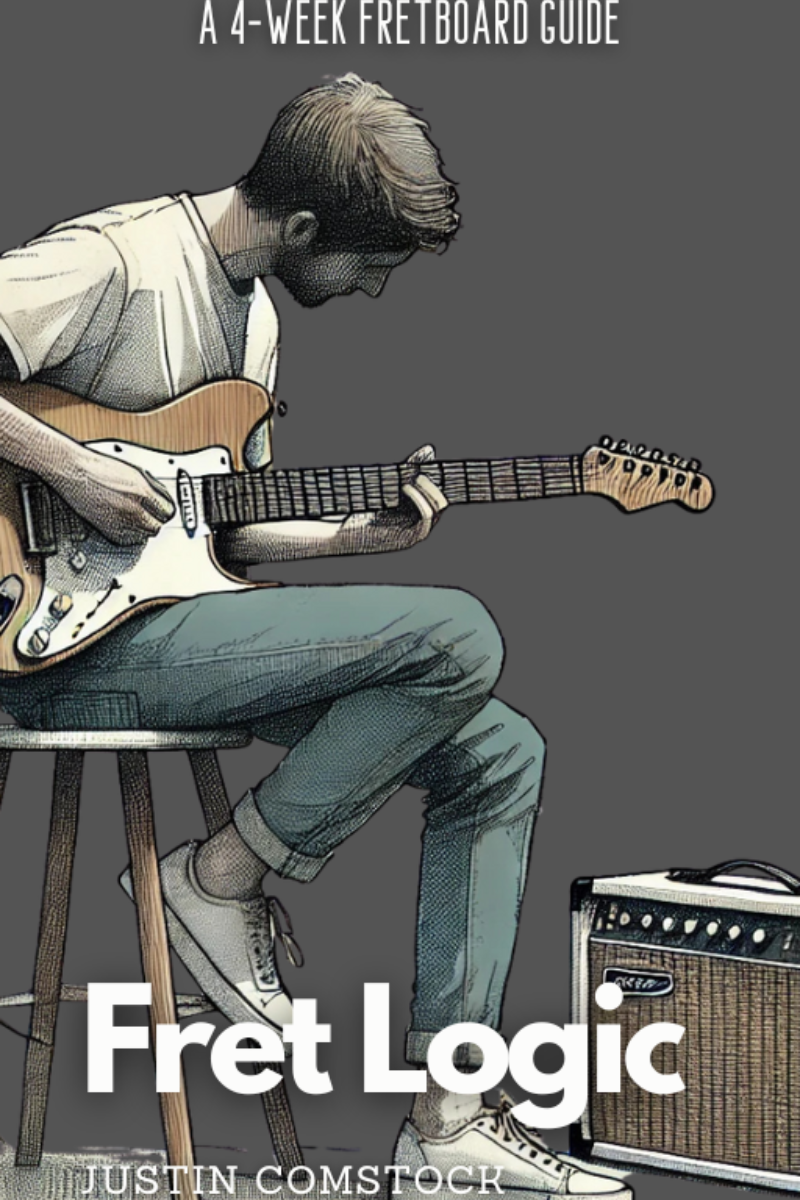
Join Guitar Freaks Hangout on Discord! 🎸
Get Fret Logic FREE!
Join the Guitar Freaks Hangout Discord and get exclusive access to my entire e-book, Fret Logic! Master the fretboard and elevate your solos with this comprehensive guide.
👉 Don’t miss out—join now and download your free copy!

